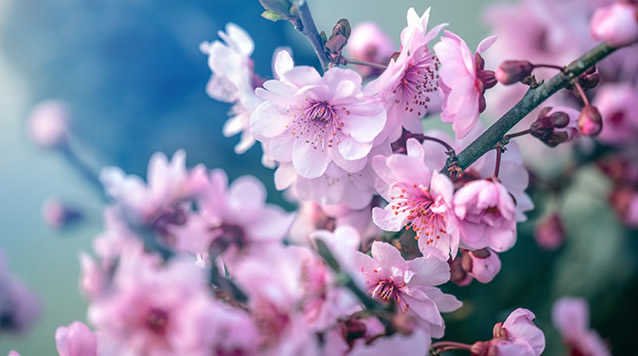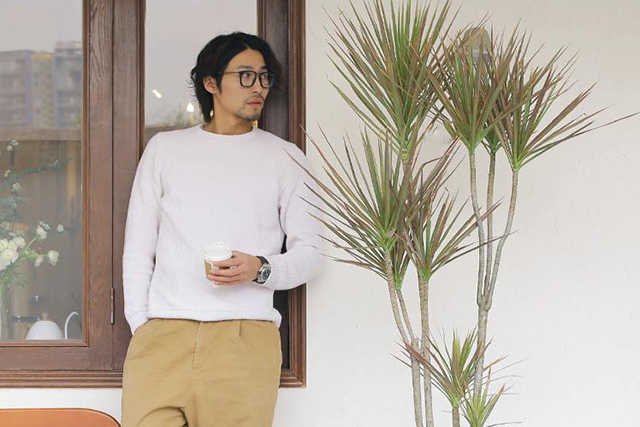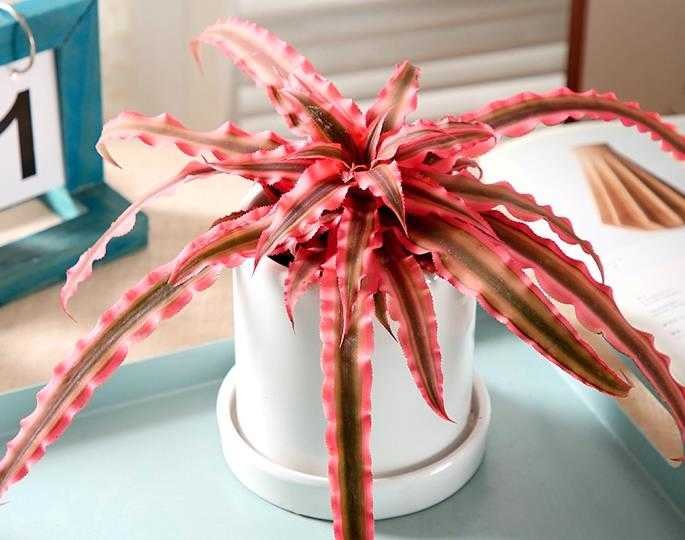How to raise leaf wood bonsai in bonsai in bonsai of leaf wooden bonsai
Leafmu bonsai production and maintenance
The leaf wood bonsai is made of beautiful tree -shaped shape, dense branches and leaves, strange leaf -shaped, and varied leaf color, which highlights a type of bonsai with leaf -viewing effects.Commonly used materials are red maple, chicken feet, triangle maple, Wei spear, waves of winter green, ten major contributions, ginkgo, wolf Bone, Soviet iron, brown bamboo, phoenix and other tree species.This kind of bonsai not only watchs leaves, but also has other ornamental effects.But with the bright and pleasant leaf color and the novel leaf shape of Yamei.The leaf wood bonsai has evergreen trees, which are evergreen in the four seasons and can be seen all year round.There are also deciduous trees. With the changes in the seasons, different colors are present. Although the cold winter leaves fall, they can still watch their cold trees.
How to make in the leafmill bonsai
1 , Choose tree species and cultivate :In addition to the cultivation of gardens in the cultivation of the leaf wooden basin, the sapling in the wild is one of the important sources of solution to the setting of the stump pelvis. Many masterpieces of masterpieces come from this.In the barren mountain slope or stone seams of the barren mountains, beside the road, beside the water, stone shore, and Chai Mountain forest, the normal plants grow in poor growth, and you can see it in the trees with beautiful attitudes and suitable for making landscapes.Processing.Of course, the tree species of the leaf wood bonsai can also be sowed through all kinds of seeds, cuttings, and seedlings, and then processing and cultivation. However, this method is relatively long.
2 planting the pot:The collection of leaf wood bonsai raw materials or seedlings need to be put on the pot first.The soil of leaf wood bonsai can generally use mountain rotten soil and then mix with river sand, or can be mixed with cypress rotten leaf soil plus river sand;The garden soil is mixed with a valley bran.
The time of leafmu bonsai is generally in the spring of each year2 Arrived in the end of the month 4 In the end of the month, if it is autumn leafmu bonsai upper pot can be in the year 10 To mid -month 11 During the moon.
The pots used in the leafmu bonsai can use different pots according to different bonsai, such as using porcelain pots, like a cliff -like bonsai can use the purple mud basin with a smaller basin.Shallow pot.
Pay attention to the position of the basin and the art effect of the bonsai in the pelvis of the leaf wood bonsai. If it is a garden basin, generally do not plant the leaf wood bonsai in the middle of the basin. It can be slightly a little bit, and the artistic effect is better.
The shape of the leaf wood bonsai is dominated by the trunk. The underneath of the general trunk is thick, and the top will gradually become thinner.
3 , Leafmu bonsai processing and finishing:After the pelvis of the leaf wood bonsai, some processing treatment is needed, so that the shape of the leaf wood bonsai will be more beautiful.Some of the processing methods that can be used are dry, peeling, carving, climbing, tearing and other methods.
How to raise leaf wood bonsai
Five taboos of leaf wood bonsai maintenance
1. Avoid soaking water
Long -term excessive watering can easily cause plants to flow into the soil due to dialysis, causing the plant to wither or even die.Like elm tree, golden bird, wolf Bone, simple tree, Yang Yang, etc. need special attention.
Second, avoid acid and alkali soil
my country takes the Huaihe River as the boundary,, Northern alkaline ,, Nando acidity, mountains and soil are acidic ,, Plain is alkaline.
The southern acid soil can be adjusted with soda or lime. The northern alkali soil can apply acidic Fertilizer or multi -use farm organic Organic fertilizer.
Three, avoid "Move the pot"
Each plant has a specific transplantation time, such as Chinan and Wolver Bone Avoid autumn Movement,, Peony avoid spring movement.
Fourth, avoid excessive trimming
In order to survive the survival of transplanting and trimming, the pruning and blades will be trimmed. There is no problem in common sense.But like pine and cypress plants, if over -pruning, it will affect the germination of the new buds.
5. Avoid sterilization at will
Su Tie, pine cypress are avoided"Potassium permanganate" and "Bacteria Clear", remember!
Morphological maintenance, trimming
Generally speaking, the trees are stronger, the growth is strong, and the growth is less cut.From the needs of the trees, it is usually cut off the cluttered cross -branch, overlapping branches, parallel branches, round branches, raw branches, thin branches, pathogenic branches, etc.The nutrient concentration of the branches can grow strong.
1 Pruning time
Miscellaneous wooden bonsai can be trimmed all year round, and pine and cypress should be trimmed in the dormant season.
In the rainy season, there are many rainwater, the air humidity is large, and the trees grow strong. It should be cut less. A large number of branches and leaves are cut off will affect normal growth.In addition, the end of the autumn should not be cut again, and the cold current will freeze to death.
The best time for re -cutting and strong cutting is1-2 The trees are in the dormant period.However, some cold -resistant trees should not be trimmed in winter, because the wound is difficult to heal, it is easy to leave scars.
2 Subcer
Tree species with strong buds in the bonsai are germinated and fast in the growth season. It should erase the root buds, dry buds and axillary buds in time.At the same time, pay attention to retain the direction, location and density of the bud.In order to avoid germination of fork branches, raw branches and overlapping branches, affecting the aesthetics of the tree.
3 top
The new shooting head of the tree growth period not only suppresss the new shoots, and promotes the growth of the side branches to maintain the beauty of the tree -shaped posture.The top -up time is different due to the different period of germination of different trees.Leaf and wooden bonsai, when the new leaves are expanded2-4 You can get topped when the film.Flower and fruit bonsai should be flexibly grasped according to different flower and fruit periods (topping can promote flowering).
4 Leaf
Proper leaf picking can reduce the leaves and promote new buds again to increase the ornamental value of bonsai.The time for picking the leaves is different from the tree species. The leaves can be picked in early summer or early autumn, and the evergreen trees should not be picked.During the period of picking the leaves, the water should be appropriately deducted. The pot soil should not be too tide. In addition, it should often apply rotten cake Fertilizer water to strengthen ventilation and light to promote the germinated new leaves.


